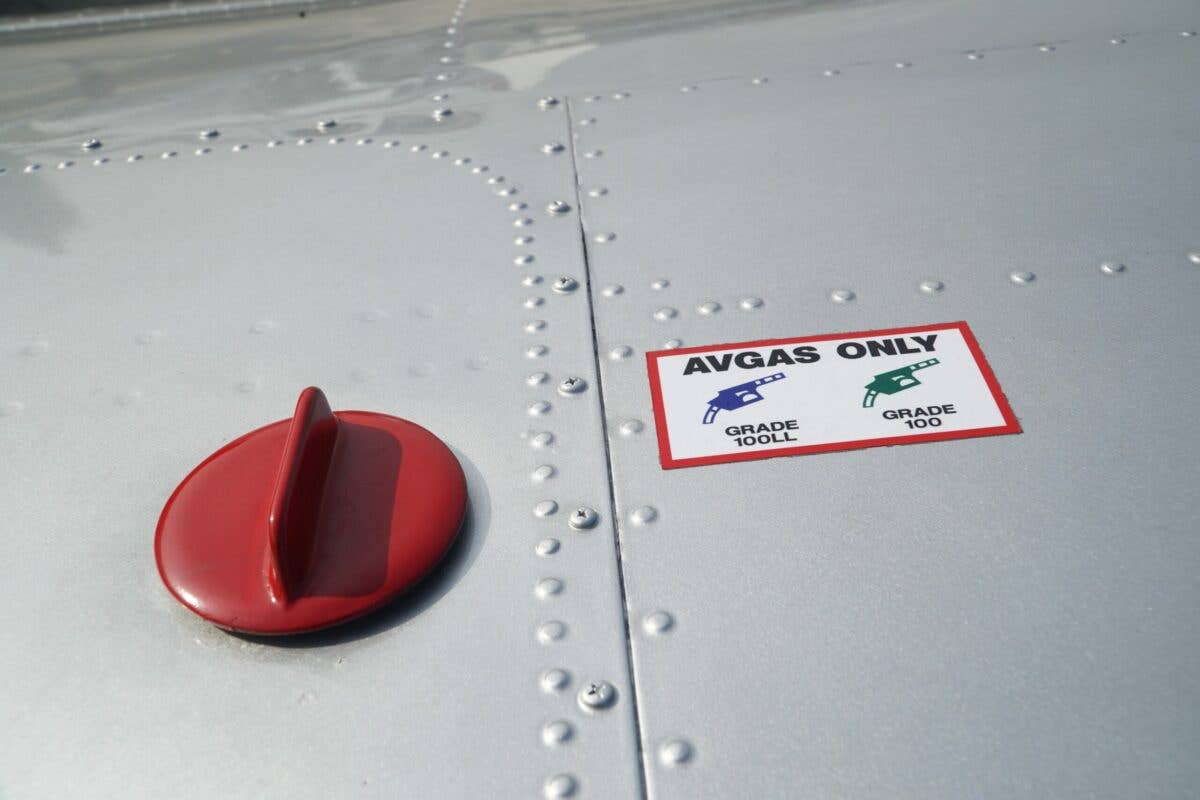EPA Releases Endangerment Finding on 100LL
The Environmental Protection Agency (EPA) today released its long-anticipated final determination on the danger of leaded aviation gasoline.

[Shutterstock]
The Environmental Protection Agency (EPA) today released its long-anticipated final determination on the danger of leaded aviation gasoline. The finding sets plans in motion to define a “pathway” toward regulation that will ultimately enable a safe transition to a lead-free replacement for high-octane, low-lead fuel (100LL). With the testing still required and opportunities for public comment, that process is likely to take two years, according to FAA Executive Director for Aircraft Certification Service Lirio Liu.
According to the EPA statement: “EPA and FAA have already begun work to consider regulatory options to address lead emissions from aircraft engines and will announce timelines as soon as possible. EPA and FAA will work in partnership and engage all interested stakeholders and the general public as the two agencies develop their separate regulatory actions.”
Representatives of the Eliminate Aviation Gasoline Lead Emissions (EAGLE) working group held a media briefing directly following the release of the EPA finding. During the online webinar, Liu joined several industry stakeholder participants in stressing – multiple times – that EAGLE and the FAA are firmly committed to ensuring the continued availability of 100LL until a safe and practical replacement can be made universally available. In essence, the message was that ensuring flight safety for aircraft that require higher-octane fuel takes precedence over the risk of prematurely eliminating the availability of 100LL.
Curt Castagna, president and CEO of the National Air Transportation Association, which represents the interests of “a broad array” of aviation service providers, including fuel providers, airports and FBOs, laid out three priorities going forward: developing a suitable fuel; keeping 100LL available in the meantime; and helping airports and airport operators effect a smooth transition.
Stakeholders represented at the webinar included:
- Mark Baker, president and CEO, Aircraft Owners and Pilots Association (AOPA)
- Todd Hauptli, president and CEO, American Association of Airport Executives (AAAE)
- Prentiss Searles, director of fuels, marketing and vehicle policy, American Petroleum Institute (API)
- Jack Pelton CEO and chairman, Experimental Aircraft Association (EAA)
- Pete Bunce, president and CEO, General Aviation Manufacturers Association (GAMA)
- James Viola, president and CEO, Helicopter Association International (HAI)
- Curt Castagna, president and CEO, National Air Transportation Association (NATA)
- Greg Pecoraro, president, National Association of State Aviation Officials (NASAO)
The next steps involve establishing aircraft emissions standards under the Clean Air Act. Liu said, “The EPA can find that a component causes harm [which is what the endangerment finding is]. The FAA will define the standards.” She reiterated that the FAA approach is focused on safe operation, while the EPA focuses on eliminating harmful emissions. Liu described the timeline going forward as a cooperative effort between the FAA and EPA. “We really have to work in harmony here,” she said.
Editor's Note: This article first appeared on AVweb.com.

Subscribe to Our Newsletter
Get the latest FLYING stories delivered directly to your inbox






